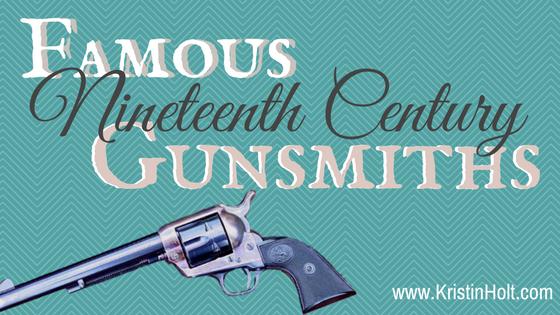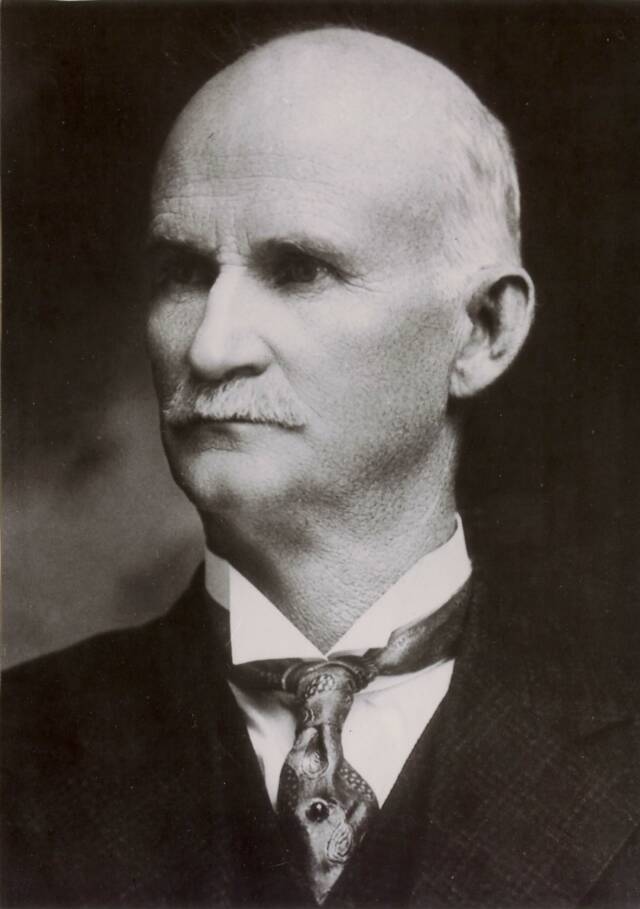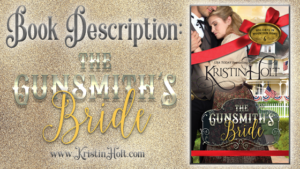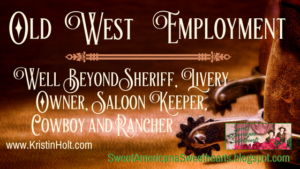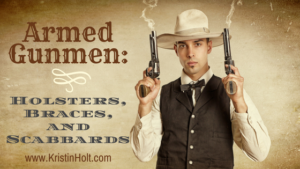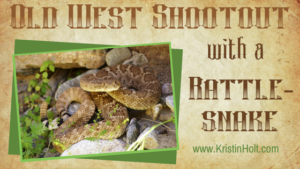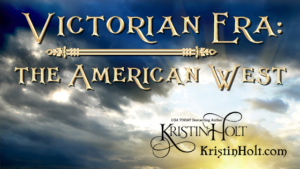Famous Nineteenth Century Gunsmiths
Famous Nineteenth Century Gunsmiths
.
What did 19th-century gunsmiths do?
.
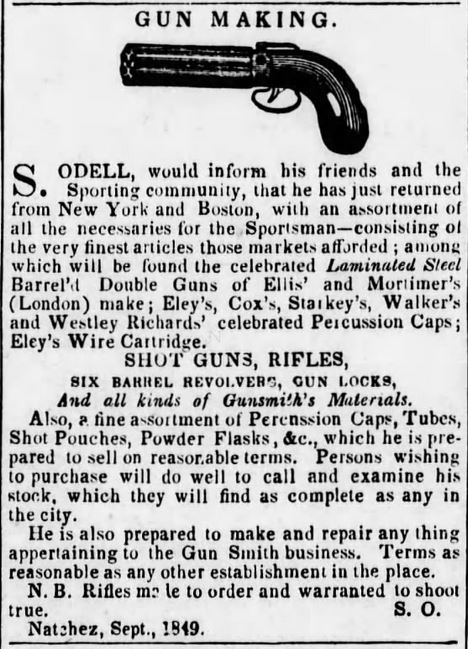
Gunmaking advertisement: gunsmithing. The Mississippi Free Trader of Natchez, Mississippi on May 1, 1850.
.
Some of the basics I knew from having visited places like Old Sturbridge Village, The Jonathan Browning Home and Gunshop in Old Nauvoo (pictured below), the John M. Browning Museum, and others. But in researching what a gunsmith might do, day in and day out in my fictional town of Mountain Home, Colorado, I was reminded of some of they most well-known American Gunsmiths (and/or rifle smiths) in history.
.
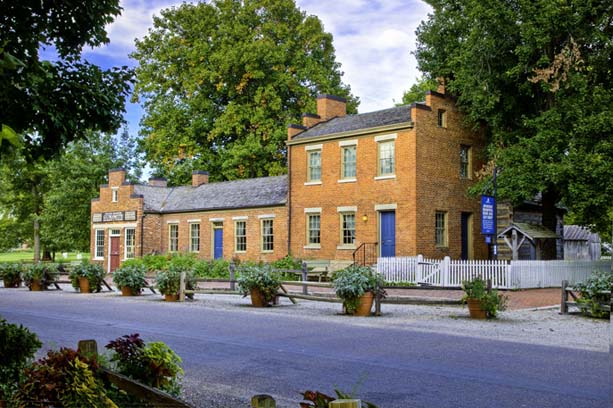
Jonathan Browning home and gunsmith shop in Old Nauvoo, Illinois.
.
According to Old Glory Gunsmith, John Moses Browning is “the great gunsmith of all time,”… “the most famous and remembered (of gunsmiths) because he invented more firearms and their actions than any other gunsmith in world history.”
.
John M. Browning
.
John Moses Browning (January 23, 1855 to November 26, 1926), born in Ogden, Utah (Territory), was an American firearms designer who developed many varieties of military and civilian firearms, cartridges, and gun mechanisms, many of which are still in use around the world. He is regarded as one of the most successful firearms designers of the 20th century, in the development of modern automatic and semi-automatic firearms, and is credited with128 gun patents. He made his first firearm at age 13 in his father’s gun shop, and was awarded his first patent on October 7, 1879 at the age of 24.
.
… John Moses worked in his father’s Ogden shop from the age of seven, where he was taught basic engineering and manufacturing principles, and encouraged to experiment with new concepts.
.
[source]
.
.
.
Like so many other trades, professions, and skills, gunsmithing was often taught father to son. Old Glory Gunsmith also wrote, “If one studies the history of gunsmiths in the United States and elsewhere, one quickly notices that gunsmithing was a family affair, sons often following their father’s footsteps; especially when after 1790, gunsmithing moved from becoming a craft to an industrial enterprise.”
In keeping with this family affair nature of the history of gunsmithing, several generations of Brownings were firearms inventors. Jonathan Browning (October 22, 1805 — June 21, 1879), father of John Moses Browning (January 23, 1855 — November 26, 1926), father of Val A. Browning (August 20, 1895 — May 16, 1994).
.
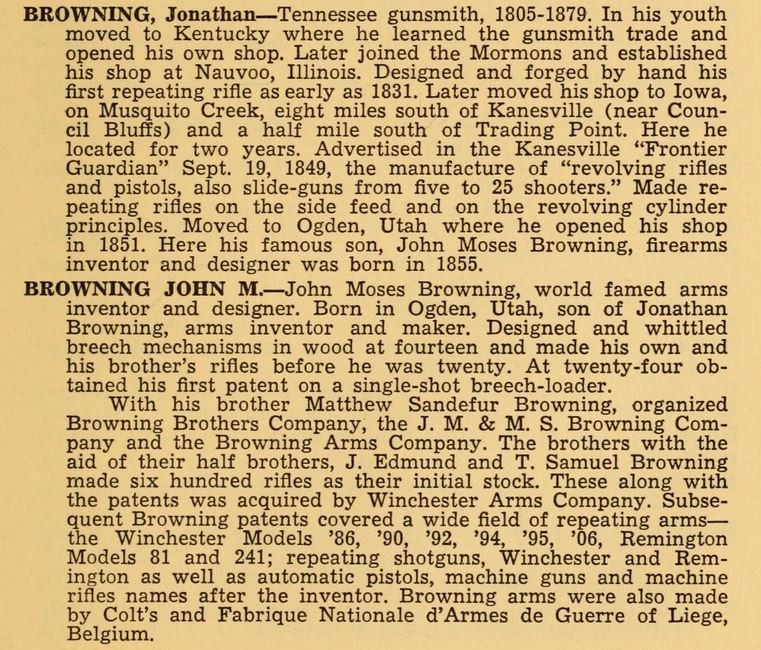
American gun makers including Supplement of American gun makers by Leroy DeForest Satterlee. Book is in the Public Domain. [Source].
.
Jacob Hawken, and Samuel Hawken
.
Born probably in Harpers Ferry, West Virginia, Jacob (b. 1786) and Samuel (b. 1792) were brought up to become gunsmiths. Despite the fact that local folklore sets the establishment of their shop in 1807 the evidence suggests that Jacob worked for the Harpers Ferry Armory from 1808 until at least 1818, when he moved to Missouri and bought 160 acres of land in New Madrid. He also entered into a partnership with a St. Louis, Missouri gunsmith named James Lakenan which lasted until the latter’s death on August 25, 1825.
.
Meanwhile, Samuel had established his own enterprise in Xenia, Ohio; but after the death of his wife and father, he relocated to St. Louis, where he formed a fresh business, separate to that of Lakenan and his older brother. The Hawkens became partners, however, after Lakenan’s death.
.
[Source]
.
The Hawken Rifle
.
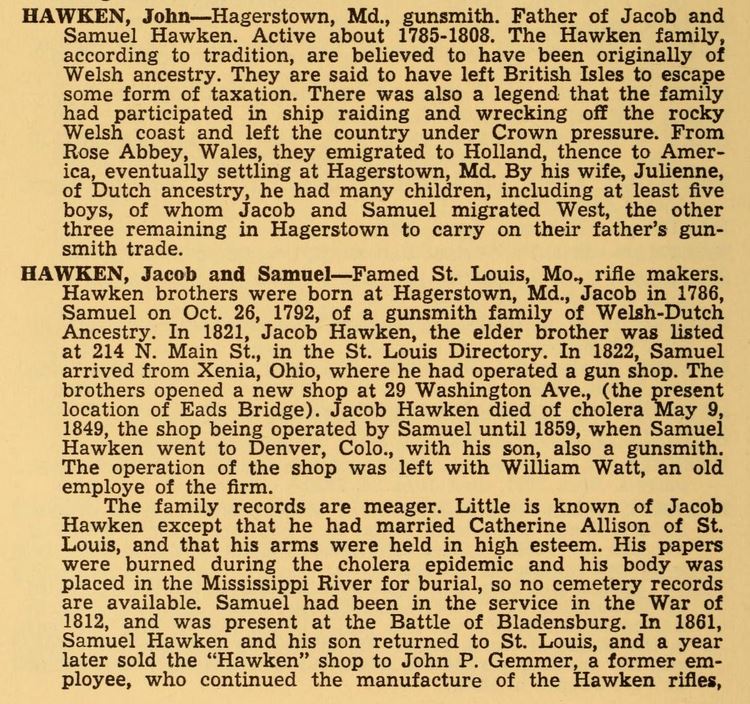

American gun makers including Supplement of American gun makers by Leroy DeForest Satterlee. Book is in the Public Domain. [Source].
.
Samuel and Jacob were trained by their father as rifle smiths on the east coast. They moved west and opened a business in St. Louis at the beginning of the Rocky Mountain fur trade. The brothers’ claim to fame is the “plains rifles” produced by their shop. They produced what their customers needed in the west, a quality gun, light enough to carry all the time, capable of knocking down big targets at long range. They called their guns “Rocky Mountain Rifles,” reflecting their customers: fur trappers, traders and explorers.
.
… The earliest known record of a Hawken rifle dates to 1823 when one was made for William Henry Ashley. The Hawkens did not mass-produce their rifles but rather made each one by hand, one at a time. A number of famous men were said to have owned Hawken rifles, including Auguste Lacome, Hugh Glass, Jim Bridger, Kit Carson, Orrin Porter Rockwell, Joseph Meek, Jedediah Strong Smith, and Theodore Roosevelt.
.
Hawken rifles had a reputation for both accuracy and long range.
.
[Source]
.
Samuel Colt
.
In 1836, Connecticut-born gun manufacturer Samuel Colt (1814-62) received a U.S. patent for a revolver mechanism that enabled a gun to be fired multiple times without reloading. Colt founded a company to manufacture his revolving-cylinder pistol; however, sales were slow and the business floundered. Then in 1846, with the Mexican War (1846-48) under way, the U.S. government ordered 1,000 Colt Revolvers. In 1855, Colt opened what was the world’s largest private armament factory, in which he employed advanced manufacturing techniques such as interchangeable parts and an organized production line. By 1856, the company could produce 150 weapons per day. Colt was also an effective promoter, and by the start of the U.S. Civil War (1861-65) he had made the colt revolver perhaps the world’s best-known firearm. He died a wealthy man in 1862; the company he founded remains in business today. [source]
.
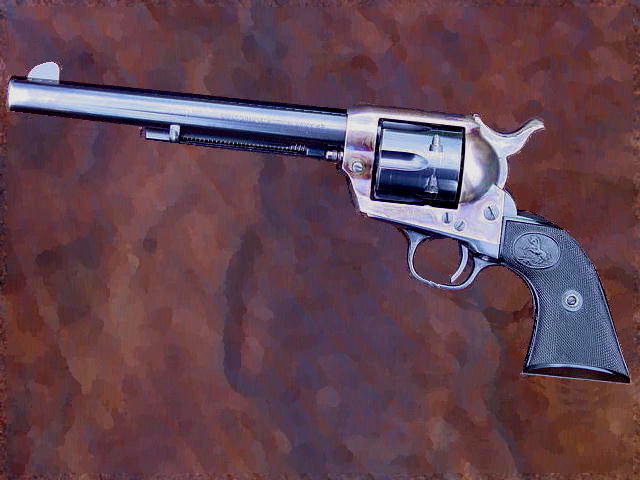
Colt Single Action Army Revolver, “The Gun That Won The West” [Image: Public Domain]
.

Samuel Colt’s Signature. Image: Public Domain
.
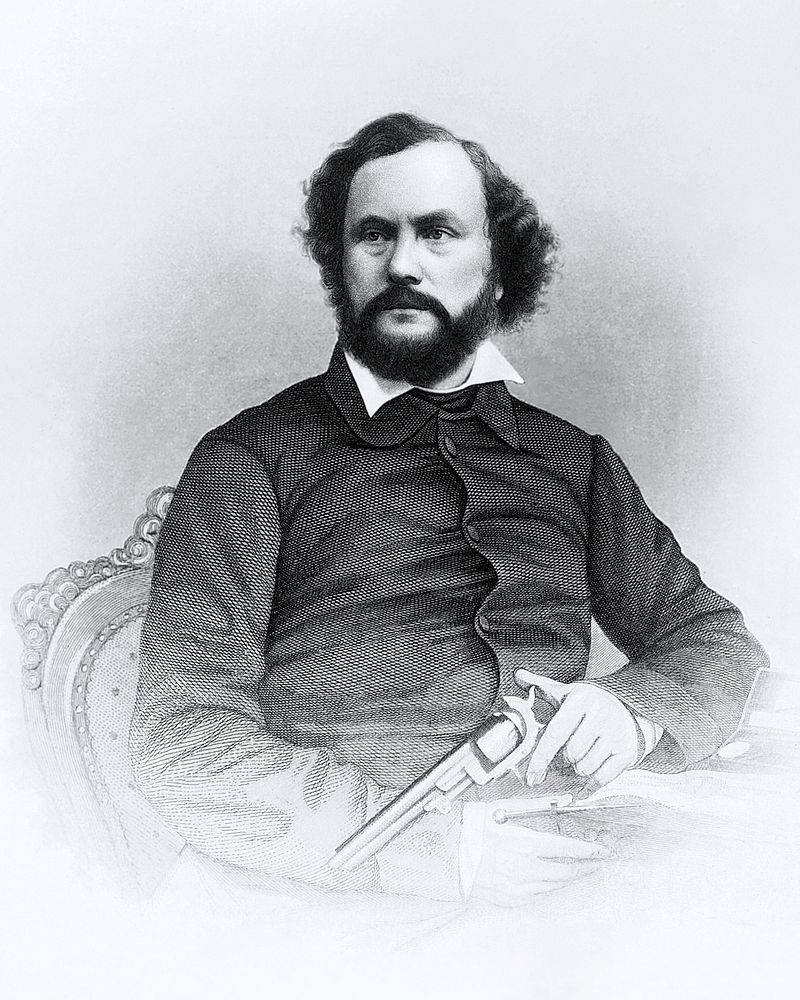
Steel Engraving of Samuel Colt with a Colt 1851 Navy Revolver. Based on a lost daguerreotype by Philipp Graff (1814-1851) taken between 1847 and 1851. Image: Public Domain.
.
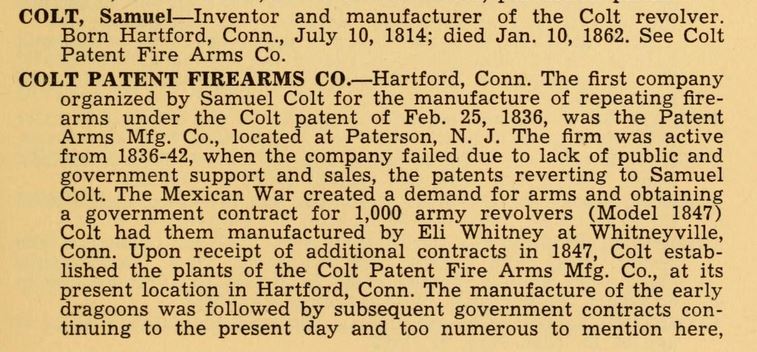
Supplement of American Gun Makers by Leroy DeForest Saterlee.

American gun makers including Supplement of American gun makers by Leroy DeForest Satterlee. Book is in the Public Domain. [Source].
.
Related Articles
.
.
Updated November 2021
Copyright © 2017 Kristin Holt LC
Famous Nineteenth Century Gunsmiths

